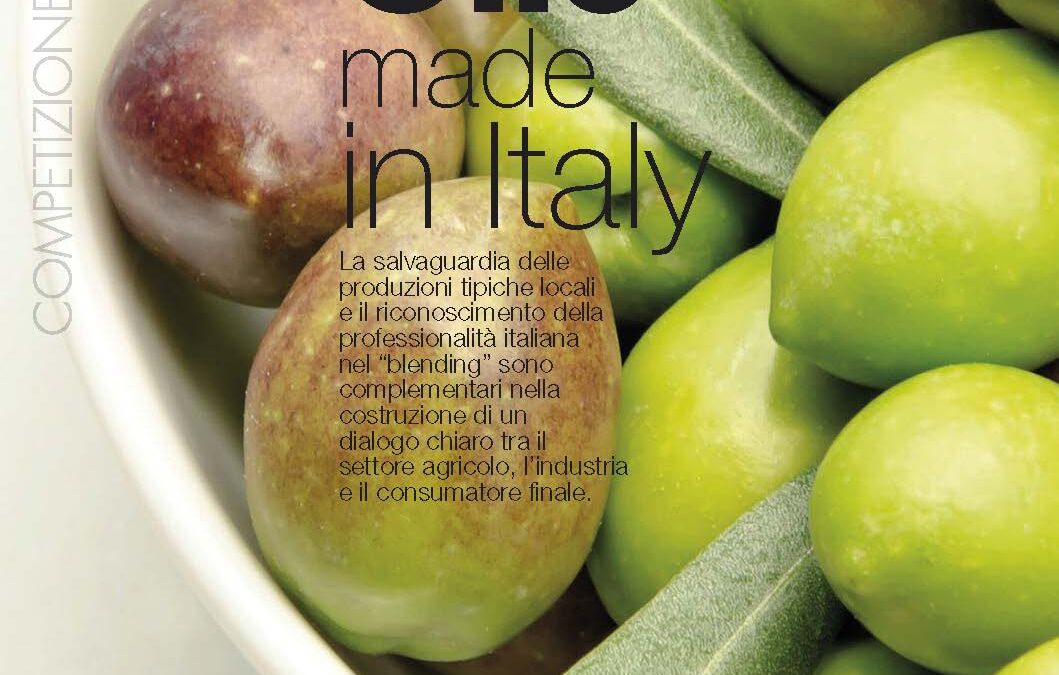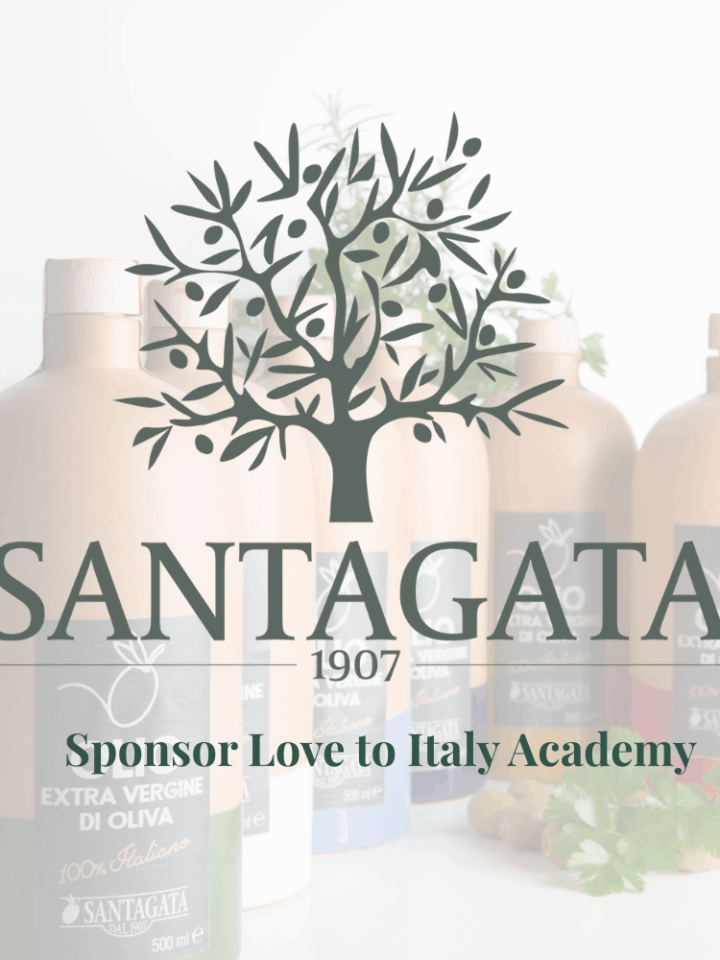Olio Made in Italy

The preservation of typical local productions and the recognition of Italian professionalism in “blending” are complementary in building a clear dialogue between the agricultural sector, the industry and the final consumer.
After the harvest-which usually takes place in October and November-with the start of the new year comes a review of olive production, the levels and quality of oil produced and market trends. Italy is the second country in the world for extra virgin olive oil production after Spain, but it is the first country for consumption. Olive oil, particularly extra virgin olive oil, is an undisputed protagonist of our cuisine and one of the main components of the Mediterranean Diet, recognized by UNESCO as a World Heritage Site.
Today the olive tree is cultivated in almost all regions of Italy, where there are more than 500 cultivars (a term used to designate the different varieties of olive trees grown). In Liguria, the most common cultivars are taggiasca, razzola, lavagnina, colombaia and pignola. PDO-certified production is monitored by the Consortium for the Protection of Ligurian Riviera PDO Extra Virgin Olive Oil, in recent months engaged in activities and debate in favor of Taggiasca PDO recognition as an opportunity to safeguard our local production.
Territories often express a strong bond with local productions: just think of Taggiasca, a symbol for us Ligurians of our own identity. It is an indigenous cultivar and it is precisely to prevent it from becoming “everyone’s variety” (in fact, it is possible to plant it anywhere – as has been happening for some time in Italy and abroad – with very competitive production costs compared to a complex territory like Liguria), that the committee for the promotion of the Taggiasca PDO was formed in recent months.
Not only in Liguria, but throughout Italy, over the centuries, a great tradition and professionalism has been established around oil production, both in terms of quality and care of the land and production and with respect to the entire production process (from oil selection to blending and marketing). Each territory has its own specificities of quality and taste, and there has often been an exhausting debate about the risk of fraud (Italy is actually the country where the largest number of controls are made each year along the entire production chain) and the advisability of protecting the national raw material.
In addition to the theme of typicality and connection to the land, there is also that of quality. The quality of oil-as with all agricultural production-derives from a multiplicity of factors. Olives are a product of nature, and the soil and climate have a fundamental influence on the growth of trees and fruit. Climatic conditions during the months of production have a decisive impact on the quantity and quality of the product and consequently on the production capacities of the oil and in particular extra virgin oil.
While no oil campaign is the same as the previous one, there is a constant demand for the product from consumers. In Italy, the annual requirement of olive oil is in fact around one million tons, about 600/700 thousand we use for our domestic consumption and another 300/400 thousand are exported. This year our production was confirmed to be around 200 thousand tons; the 2016-17 campaign in Italy, as in other producing countries, recorded a significant drop, in some regions even more than 30 percent compared to last year. This now-closing campaign has suffered more than any other from the consequences of a climate change that is now well established. The consequences have been more severe than they were predicted at the beginning of the campaign, especially in Italy.
In order to cope with this difficult year, David Granieri, president of Unaprol, the main Italian consortium of olive growers, in the pages of Il Sole 24ore, recently said that making extra virgin with at least 30 percent Italian oil would ensure a new segmentation of supply to the benefit of Made in Italy. It would not be a matter of giving a license of Italianity to blends of extra virgin oils that do not contain oils of true Italian origin, rather of making the share of Italian oil increase in the blends already on the markets. This step will be a way to ennoble the presence of Made in Italy in the world and in markets with high purchasing power, remunerate our companies, but above all limit counterfeiting of product origin. All this would take place within the framework of an interprofessional agreement aimed at committing those who sell and those who buy to monitor the market.
Such an openness on the part of the production world toward the oil industry is an important step toward greater transparency of the entire production chain and in building a clear dialogue between the agricultural sector, the industry and the final consumer.
As is the case with wine, whiskey, coffee and even chocolate, we talk about blending when two or more products with different characteristics are brought together with the aim of making one capable of enhancing and bringing out the merits of each component. Among those in the industry, it is well known that blending is a distinctive virtue for our oil sector, and Italy historically boasts the best professionals in the field.
From a historical point of view, blends have been made in our country ever since oil began to be used for food purposes: faced with local productions that had always been insufficient, the sector learned to compose productions that came from different places, making sure to make oils that better met the taste of customers in different national and international markets.
It is a fascinating topic, one that is talked about underreported because it is too often linked to shady processes performed to disguise low-grade oils. In reality, blending is an art, requiring significant planning and creative work accompanied by a deep knowledge of the oil.
Safeguarding the quality of typical local productions together with the Italian ability to do blending is one of the challenges of today’s oil sector.
This article was published in Confindustria Genova’s “Genova Impresa” magazine in March 2017.



